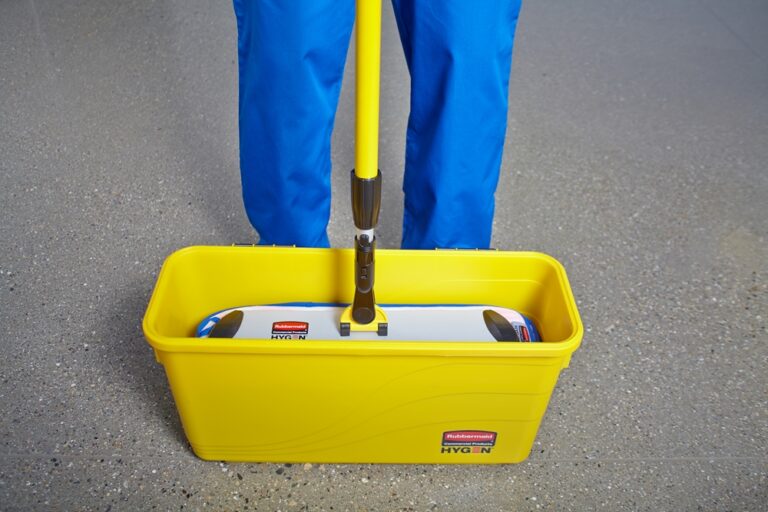
A hygienic space is automatically expected by the public when entering a hospital or medical centre. Management of health-care waste, effective disinfecting and sound hygienic practices followed by all medical staff, patients and visitors are integral parts of hospital hygiene and infection control.
There is clear evidence (Otter 2013) that the most contaminated environmental surfaces in hospitals are those close to the patient, and that the risk of cross-infection is higher if a new patient is admitted into a room previously occupied by an infected patient. Thus, high touch surfaces in the patient zone contribute to hospital-acquired infections and the spreading of germs.
According to Michelle Alfa in a study published in the American Journal of Infection Control, the best practice for keeping a hospital hygienic is dependent upon the “3 Ps” of disinfection:
Once the right disinfectant has been selected, the right process needs to be implemented. If cleaning time is limited, it makes no sense to disinfect ledges and window panes when the pathogens are concentrated on bedside tables, remote controls and bed rails. Start at the bed, then work outwards. Clean the bathroom last.
Hand hygiene
One of the easiest and most effective ways to reduce infection is for all staff, patients and visitors to practice good hand hygiene, as advised by the Sydney Local Health District. When visiting a hospital or health care centre, simple, quick handwashing with soap and water might not be enough as a means to ensure a hygienic environment. If at all possible, use alcohol-based hand rubs to help stop the spread of germs, or make use of the correct hand washing techniques when using soap and water.
Hygiene protocols for healthcare workers
When healthcare workers are tending to a patient, the following protocols are an absolute must:
A patient who contaminates the environment or who does not assist in maintaining appropriate hygiene must be placed in an isolate or separate room.
Safe handling of waste
In an effort to keep the hospital space clean and safe for everyone, it’s important that all staff dealing with waste adopt procedures that minimise risk to themselves, others and their environment. Medical waste consists of all sharp objects, human tissue, any liquid body fluid, and laboratory specimens. The Government of South Australia’s Health Department has effective guidelines on waste handling:
Management of spills
Spills must be cleaned up immediately, or as soon as practicable, and the area disinfected. In patient care areas, small spills can be easily managed by wiping the area immediately with a paper towel and then cleaning the area with detergent and water. Large spills (over 10cm) containing blood or body fluids should be contained, and in addition to cleaning as above, a chlorine-based disinfectant should be used. There are commercially available spill kits that facilitate the process. Remember to wear personal protective equipment when cleaning up blood and body substance spills.
For more information on cleaning equipment and waste management solutions for healthcare use, visit Rubbermaid.